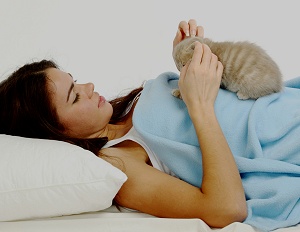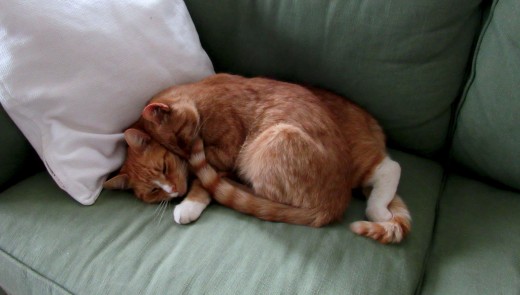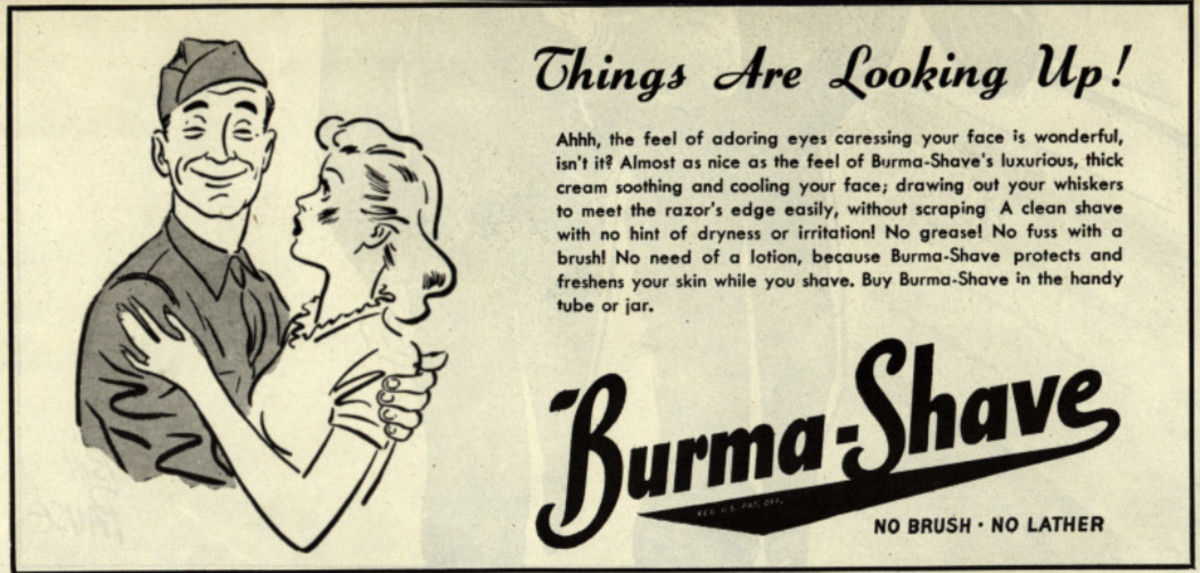Therapy Using Cats: General Information and Cats as Co-therapists
Cat Therapy

There are a lot of kinds of therapies which use an animal as so-called co-therapist. This means that the animal serves as a mediator between a therapist and a person with disability. The animal facilitates communication and also the person with disability can feel more comfortable while being around animal than being around another person.
Animals are often used in therapies for people with disabilities because they are pleasant to the touch; they are cuddly and easier to trust than people. In animal therapies, the dogs are used the most (the therapy with dog is professionally called canis therapy). Also horses are often used in therapies, especially at people with motoric disabilities. Therapy using cats is not that commonly and widely used. So, let’s talk a bit about this unusual therapy.
About Cat Therapy
Officially, feline alias cat therapy (I will use the term 'cat therapy' because it is easier to understand) is the therapy using cats in order to cure and help people with disabilities. Cat therapy isn’t necessary used only at people with disabilities – it can be also used at people with anxieties or depressions. Cat therapy can be also used at old and lonely people and lately it has been used at people in hospices (a social service for dying people).
Generally, animal therapies are indicated by professional workers from institutions which these therapies are used in. The same goes naturally for cat therapy. For cat therapy can be used at all kinds of people (young, old, different types of disabilities), it is easier to indicate this therapy while considering contradictions. Contradictions to cat therapy are following:
- Allergy
- Acute states – all kinds of fits (panic, epileptic, connected to mental illness, etc.)
- Open wounds
- Disagreement of a client
At other illnesses (for example at illness of immune system) it is important to consider all pros and cons.
Cat therapy is indicated at people with disabilities in order to achieve goals which differ a bit depending on age of pacients or nature of illness or disability. The goals of cat therapy are following:
- General goal – activation of a client, inducting of pleasant emotions
- Goals at children with specific needs – practicing of gross and fine motor skills, improving communication, helping with integration into new groups and also helping with creating responsible attitude towards animals
- Goals at medical institutions – distracting people’s attention from pain
- Goals at elderly people – making contact with other people and playing supportive role in new environment (after moving for example to some institutional accomodation)
Cats

Cats as Co-therapists
First thing you need to know about cat therapy is that you can’t use any cat for professional cat therapy. The cat has to be trained to help humans and must provide relaxation and comfort. The temperament also plays important role; the cat has to be friendly, calm, patient, non-aggressive, and adaptable and needs to be like this in any situation. The cat can’t harm a client even if the client grabs it roughly or pulls its tail (can happen at children or people with mental disabilities).
Other important part is that the cat should enjoy therapy. If it enjoys it then it can start to purr and provide more comfort this way.
There is a brief summary of conditions the cat should meet in order to become a co-therapist:
- Male cats are more suitable for therapy than female cats – this is not condition in the right sense of the word; male cats (castrated) are just better for therapy
- Nice temperament – I mentioned this point more detailed on the top of this article; the cat should be nice, socialized, love people and company
- Vaccination – this point is necessary; the cat which is meant to be a co-therapist should be healthy, vaccinated and without worms
- The cat has to be used to unusual situations – loud sounds, swift moves, uncommon scents (perfumes, disinfection, etc.), a lot of people and animals around
- The cat shouldn’t have problems with traveling – if the cat is stressed from travelling it isn’t suitable for therapy (because of stress and also travelling is part of cat therapy for this therapy is usually held in social services or other institutions)
- Cat training should start when cats are actually kittens
If you want to train your cat as a therapy cat you need to make sure that your cat meets at least basic requirements. Then you can try some organization which offers pet training – one of the most well- known organizations is Pet Partners.
Cat Therapy Session
I guess you are interested what cat therapy looks like. How is it implemented?
Now, you have a therapy cat. A visit at a person with disability is usually held at institution or social service that person lives in. The cat is usually placed on the client’s lap or on a pad which can be part of a wheelchair – it all depends on client’s experience and decision.
The client communicates with the cat through cuddling with the cat and stroking it, but he/she also communicates with a human therapist. Also associated program (as talking with therapist or reading from a book) can be included. Children can recognize parts of the cat’s body or play with it.
While providing cat therapy you can use some utilities. For example:
- Pads for wheelchairs – cats often appreciate these pads; it allows them to make eye contact and the cat feels more confident this way
- Scrapers – those can serve as a cover for the cat if it needs some time alone
- Cotton cushions – cushions should be put on the client’s lap in order to protect him or her from the cat’s claws (you know, cats usually clench their claws whenever they feel comfortable)
- Leashes – those can be used while walking (on a garden, or a park) with a moving client in order to prevent the cat from running away – the cat can be frighten from something; leashes should be soft so they wouldn’t harm the cat
- Hygienic needs – as a brush for removing cat’s hair, plastic bags for trash, etc.
You will also need a ton of bowls for your cat – for water, for food, for toilet needs.
Various Faces of Cat

Little Summary
Cat therapy, like other animal therapies, is very helpful and can influence quality of life of people with disabilities in a positive way. If you have a nice kitten and you are thinking about training it as a cat therapist, I recommend you go for it. You can help countless number of people, not only in your surroundings, but also people with a lot of different problems and illnesses.






